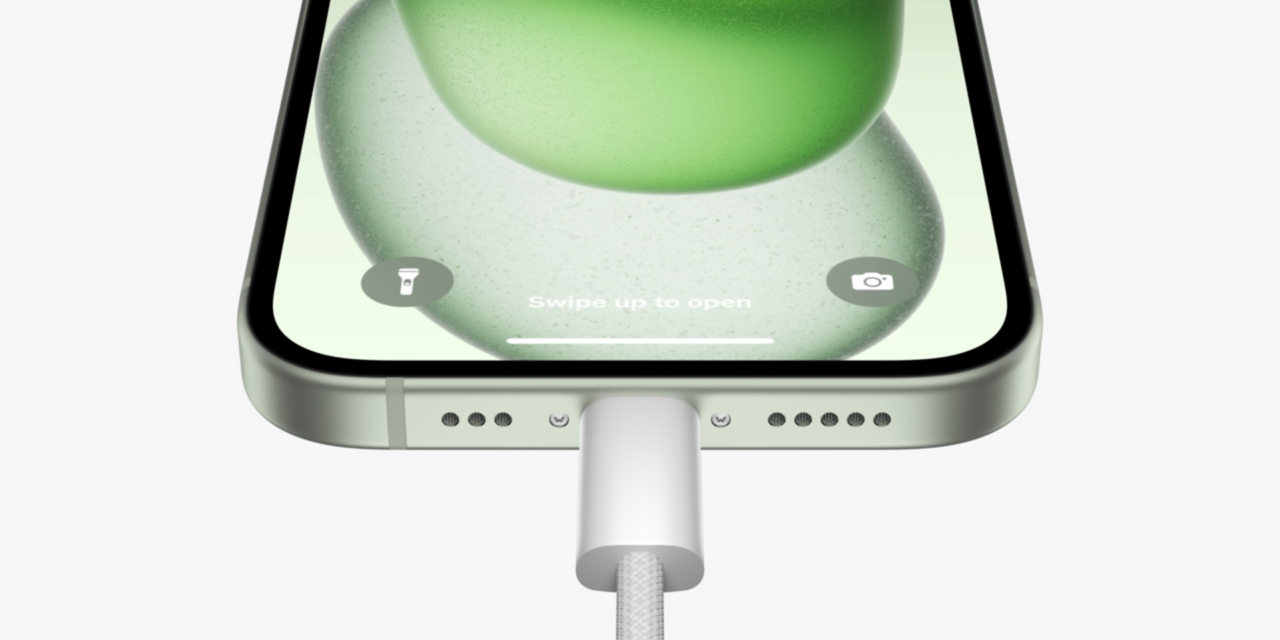Ever since Facebook went and sold all of our data to suspect companies like Cambridge Analytica, there’s been a growing desire for iOS users to protect their right to privacy.
We can’t really blame them. In a world where even sites like Facebook, which we previously trusted, are selling us down the river, not to mention photo leaks, password theft, and the bevy of credit card data you’ve thrown out there, you can’t be too careful.
But before you start spouting nonsense like “life was much better in the dark ages”, read on. Below, we’re going to detail the best ways to secure your iOS device to prevent thieves and other ne’er do wells from sticking their grubby mitts in your precious data.
Use a Complex Passcode
First things first, protect your actual physical device by setting it up with a complex passcode. Use all six digits, instead, of four, and use a number sequence that only you could possibly know.
Try to avoid using patterns to help you remember, as thieves might watch you to get your passcode before stealing your phone. It’s a nasty world out there.
We’d also recommend heading into settings and enabling the option to erase all of your data after 10 incorrect attempts to input your passcode. That’ll heap the pressure on any bad guys.
Enable Touch or Face ID
Passcodes are great and all but there’s no beating your actual face or fingerprint. Not only is it easier to unlock your device using these methods, but they’re actually more secure as there’s no possible way a thief can access your device without you present.
Use Find my iPhone
In the unfortunate event that you do lose your iPhone, you’ll wish that you enabled Find My iPhone as it helps you, or the police, locate it. If there’s no way you can get it back, you can also use this feature to erase all data on it to prevent thieves accessing it.
Let Apple Choose a Strong Apple ID Password
Did you know that iOS devices can now automatically choose and save a strong password for literally any accounts you can sign into with any Apple hardware or software?
Well, it can – and it’s a very nifty feature. We recommend using this, as it will create a unique and impossible to predict password for every single user account, and you can use the password manager on your iPhone to view all passwords in a single space.
Use Two-Factor Authentication
If you’re worried that someone has, or might have, access to your password, we recommend turning on two-factor authentication, as this severely limits the chances of someone accessing your account.
How it works is, it basically sends out an alert on all of your devices whenever you try to sign into one. So someone is going to have to steal multiple of your iOS devices and have your password to gain access, which is pretty unlikely.
Use a VPN
If you’re concerned about people accessing your browsing activity, you can use a VPN to shield all of that from prying eyes. How it works is, it basically connects your iPhone to another server on the internet, allowing you to use that computer’s internet connection instead of your own. Just check out this review for more information.
While this is handy to protect yourself from untrustworthy sources while on public hotspots or when you want to hide your location, it also allows you to bypass geographic restrictions so you can watch US TV programs from another country, as an example.






Recent Comments